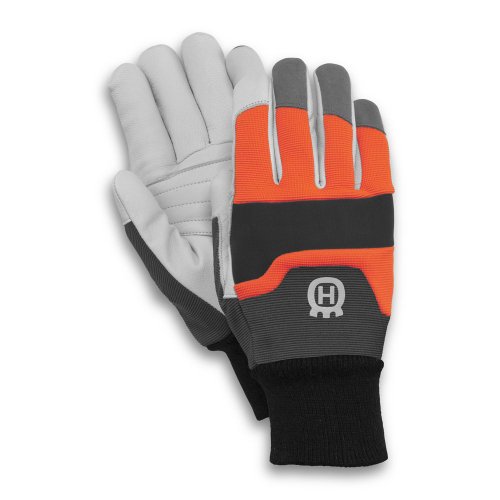i would not say sedanman hit the mother load but i am glad to see he did make an inquiry as to what he was dealing with. he is taking measures to reduce the risk of chimmney fires, he is recycling what some consider waste(only becaus it is in the town clean-up and may burned in a pile. some towns are starting to rent tub grinders and allowing towns people to have the chips). he is easing the impact on the enviroment by not going out and cutting more trees just for firewood. we have guys around here that will go onto a piece of property and cut any size apple,ash,beech,birch,cherry,hickory, iron wood locusts,maple and oak. and they will leave the ceder,pines,spruce,poplar,tulip and willows either standing or dropped and not loped down and cleaned up. when i clear a lot i take it all. the less desireable woods go for campfires so the hard woods are not wasted for that. kindling also comes from the less desired woods. than we have the guys that will sell you anything! marty
























































